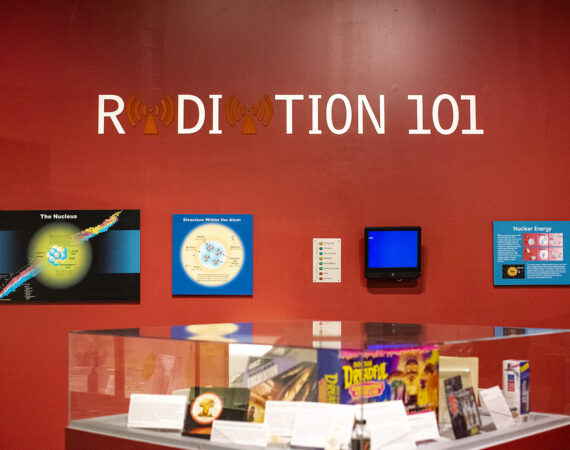Exhibits
The exhibits at the National Museum of Nuclear Science & History provide an objective, accessible window into the past, present, and future of nuclear science. They cover everything from the very origins of atomic theory, the complexity of the political scenarios contributing to World War II, the height of the Cold War, to modern-day advances in nuclear medicine – and even begin to speculate about the future of this fascinating and exciting field. The Museum gives its visitors a memorable and vivid understanding of nuclear science and history.
Whether the exhibition is permanent or temporary, there is always something to see and learn at the National Museum of Nuclear Science & History!
Can't visit in person? Explore our PastPerfect online archives

Mission Aerospace: An AhMaze-ing Adventure
The National Museum of Nuclear Science & History is excited to announce a new temporary exhibit, Mission Aerospace. This interactive exhibit is a multi-layered exploration of aviation history, aerospace milestones, and some of NASA’s trail-blazing discoveries shaping our world daily. The exhibit is a thrilling journey for all ages and opens June 22.
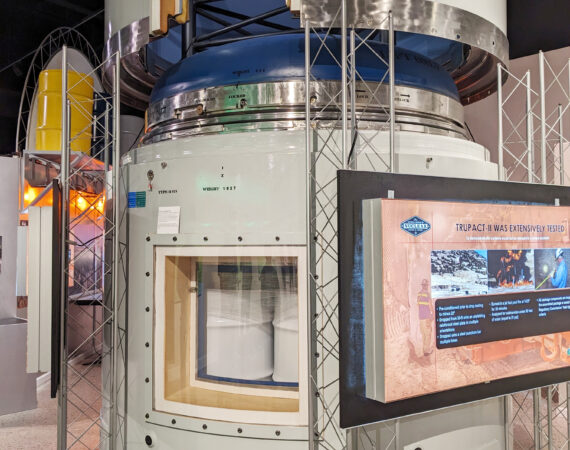
Waste Isolation Pilot Plant-WIPP Exhibit
The Waste Isolation Pilot Plant (WIPP) Exhibit is a US Department of Energy facility designed for the safe, permanent disposal of transuranic radioactive waste left from the nation's nuclear defense program.
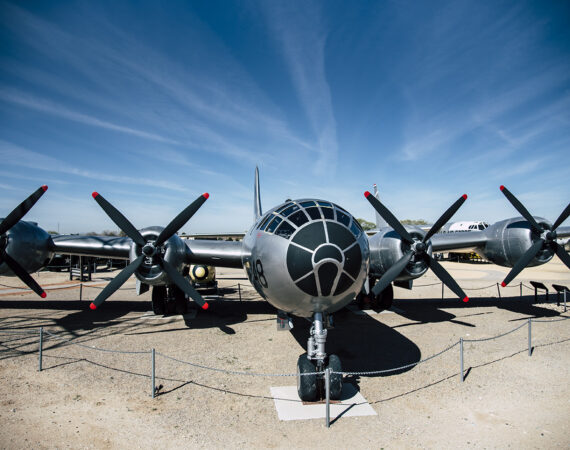
Heritage Park - Nine-Acre Outdoor Exhibit Area
Complete with planes, rockets, missiles, cannons and nuclear sub sail, this exhibit will attract plane buffs and historians alike.
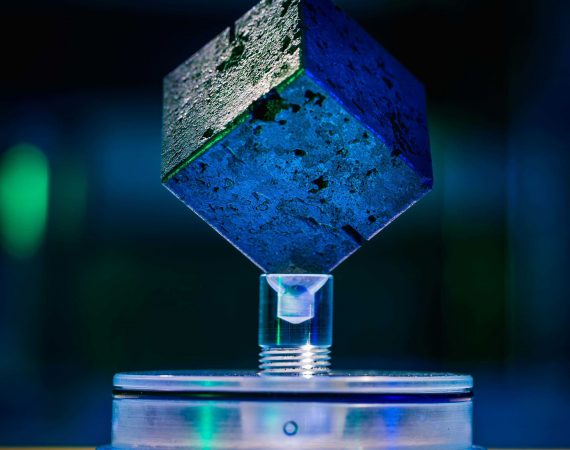
Dark Cube: Heisenberg’s Race for the Bomb
The "Dark Cube: Heisenberg's Race for the Bomb" exhibition focuses on a dense, two-inch charcoal-black cube made of pure uranium metal that Nazi scientists suspended with 663 other similar cubes during World War II in an effort to create the world’s first atomic bomb.

Nuclear by Mail
Nuclear by Mail chronicles the development of nuclear science and technologies in the 20th century as told through the mail. This exhibit, opening on August 7th, 2021, will showcase the National Museum of Nuclear Science & History’s collection of mail-related artifacts including stamps, envelopes, postcards, and photographs.
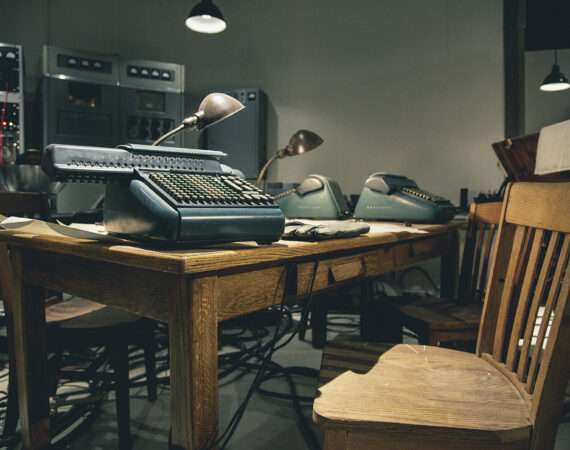
Critical Assembly, the Secrets of Los Alamos 1944: An Installation by Jim Sanborn
A special exhibition where visitors will step back in time to a pivotal point in history, and experience pure science through pure art. Explore and study the recreations of the super secrets from the Manhattan Project's atomic bomb in this mesmerizing exhibit.
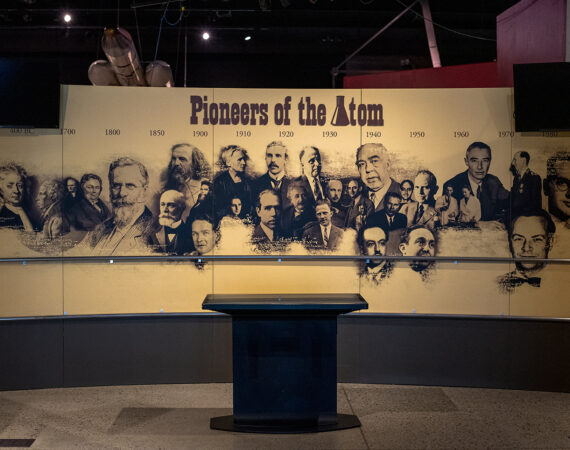
Pioneers of the Atom
Visitors will step back in time to meet the individuals who influenced the nuclear world.
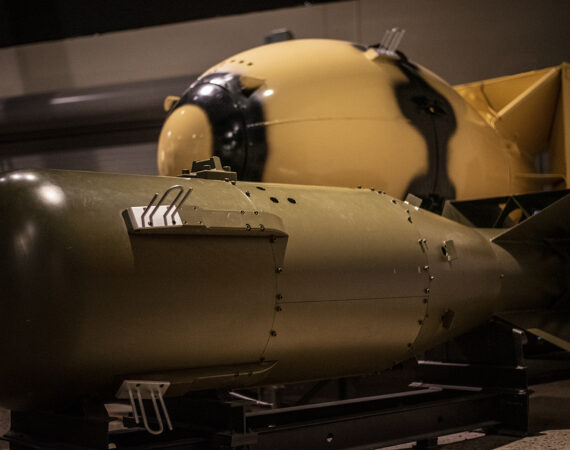
Decision to Drop
It is said that the dawn of the Atomic Age began with the testing of the world’s first atomic bomb. This exhibit will show visitors just how much influence over the modern world this test created.
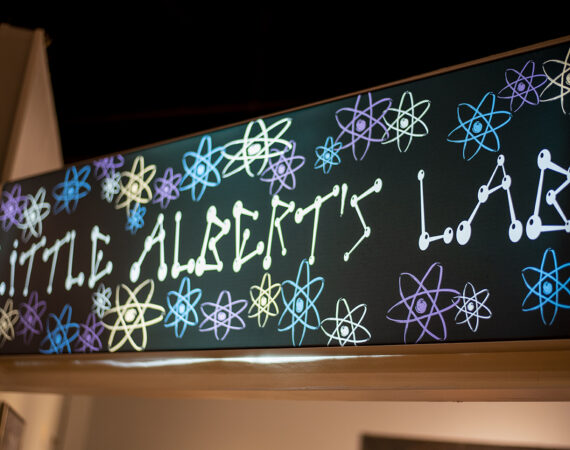
Little Albert’s Lab
The future belongs to the children of today. Little Albert’s Lab will help children of all ages grasp the concepts of physics, the basis of all sciences.
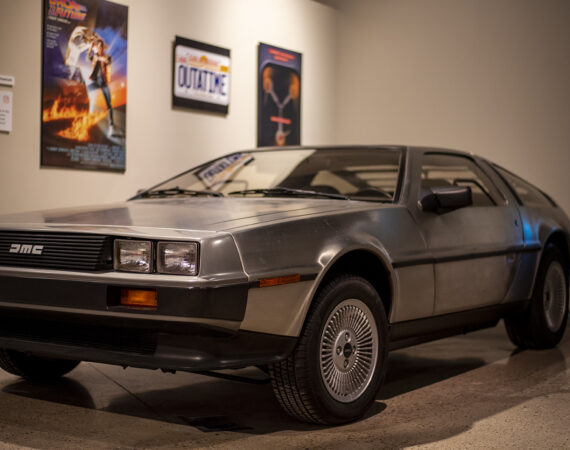
Atomic Culture/ Pop Culture
Every visitor will be entertained while viewing the cultural items surrounding the dawning of the Atomic Age!
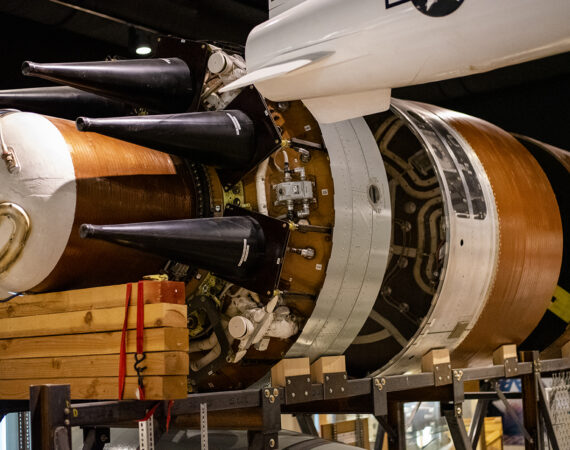
Cold War
In this exhibit, visitors will learn how close we came to another war before the end of the Cold War.
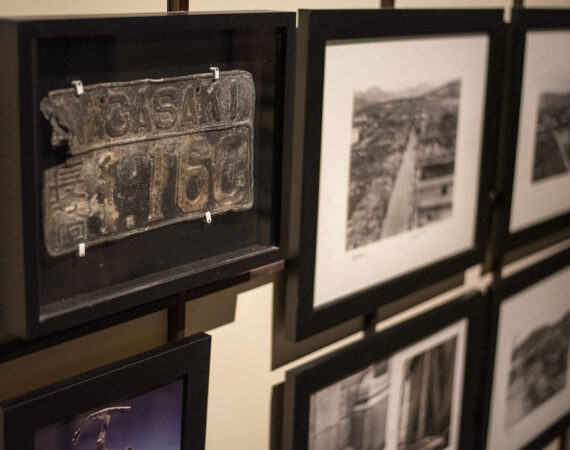
Hiroshima and Nagasaki
While the atomic bomb brought the war to a close, the after-effects of the bomb were felt for years in Hiroshima and Nagasaki.
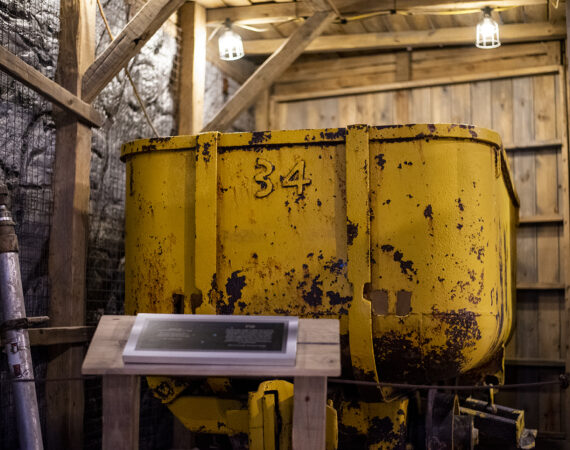
Uranium; Enriching Your Future
The exhibit features interactive exhibits helping the visitor discover the place nuclear power has in our energy hungry world.
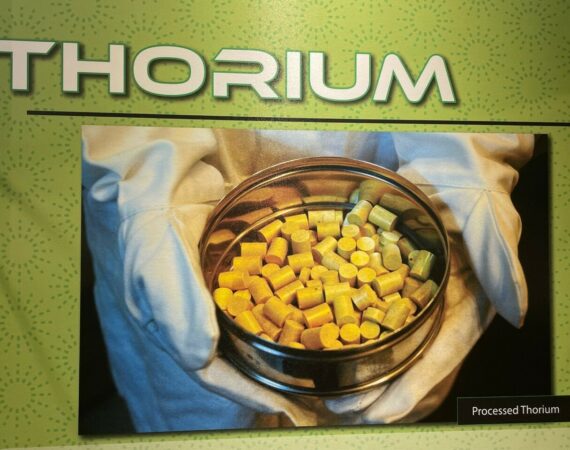
Think Thorium: The Future of Nuclear Energy - Opening October 14
The National Museum of Nuclear Science & History will showcase a new permanent exhibit called Think Thorium: The Future of Nuclear Energy, opening to the public on Friday, October 14, 2022. Sponsored by the Thorium Energy Alliance, the exhibit looks at the past, present and future of using Thorium as fuel in a nuclear reactor and the development of a reactor technology significantly different from that used today.
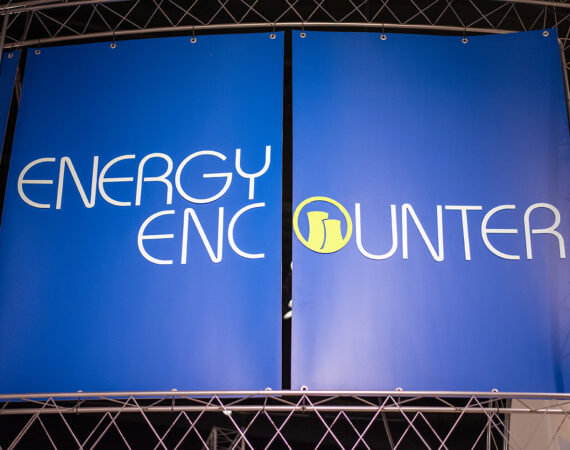
Energy Encounter
Examine the options of green energy alternatives like solar and wind power along with the place nuclear power has in the world today.
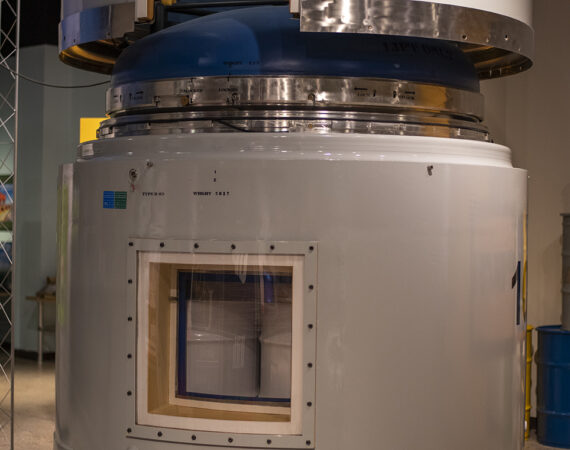
Nuclear Waste Transportation
This exhibit features how radioactive waste is managed in a safe way.

Nuclear Medicine
See the history of nuclear medicine and how it contributed to the advancement of medical technology.
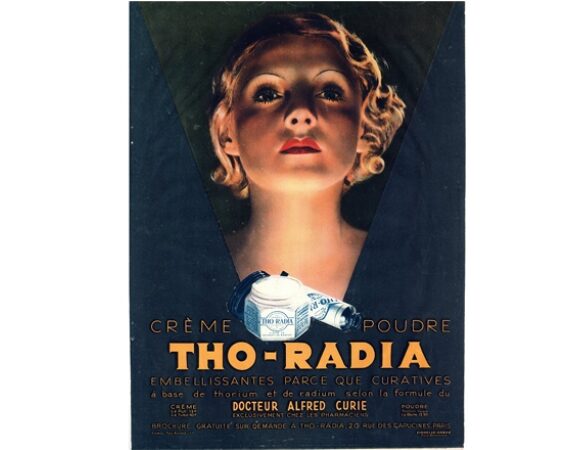
Virtual Exhibit: Atomic Advertising
This exhibition, compiled from the collections of the National Museum of Nuclear Science & History, aims to exemplify the ever-changing public attitudes towards atomic thought over the course of the 20th Century and first decade of the 21st Century through the reflective lens of advertising and packaging.

Virtual Exhibit: Nuclear Energy
This virtual exhibit, created by Daniel Ross, explores the differences between nuclear fission and fusion reactions. These types of reactions used to generate nuclear power may provide solutions to the mounting climate crisis in the future, but they also have a historical context. This exhibit explains these processes and connects them to some of the historical artifacts in the museum's collection.

Virtual Recent Acquisitions
At the National Museum of Nuclear Science & History, we are continually grateful for the support our patrons, members, and contributors give us, as well as the actual objects which are donated or acquired by the museum into its permanent collection of artifacts. Click here to see some of the most exciting objects the Curatorial Department added to our catalogue in the past month.
